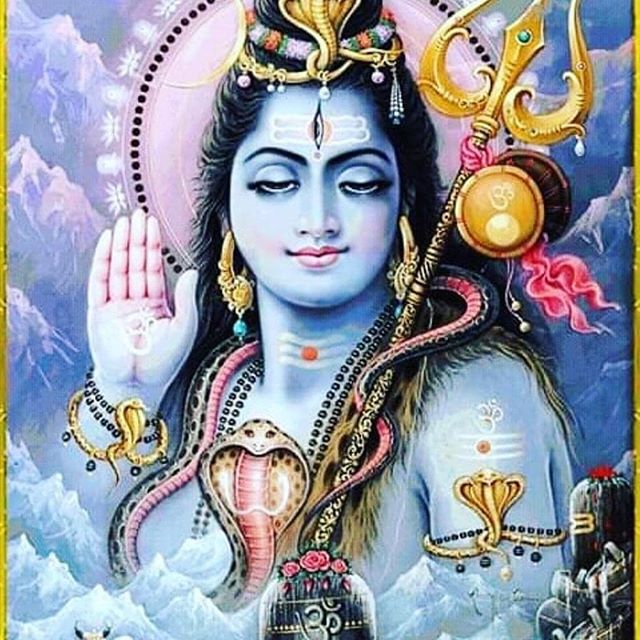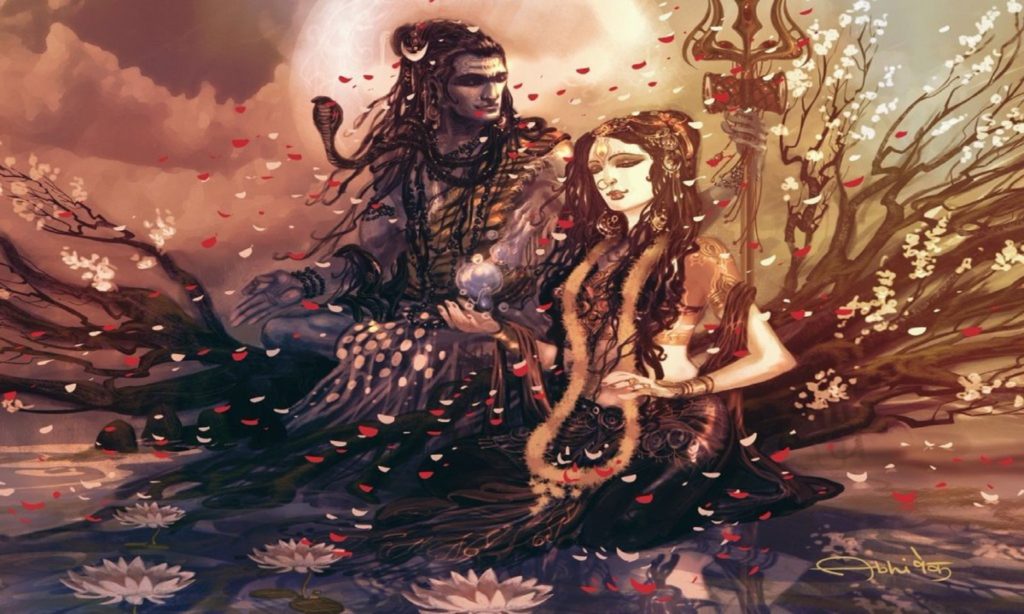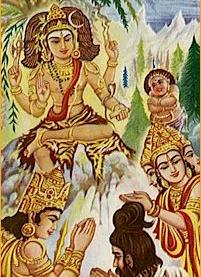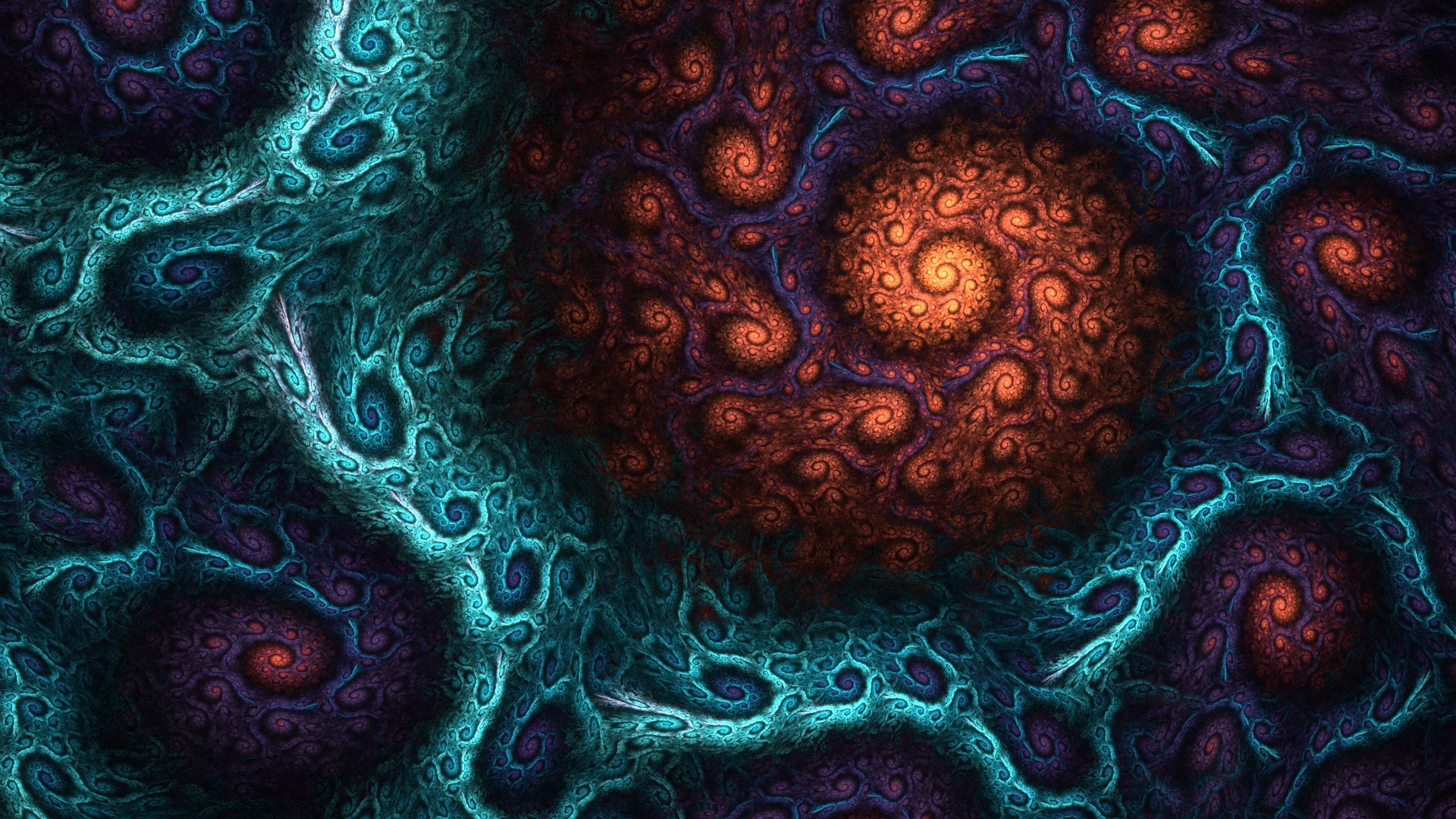1.- The oldest spiritual path
Shivaism is practically the oldest spiritual path in the world. In India, Shivaism is millennia old, and archaeological investigations at Mohenjo Daro and Harappa revealed a history that goes back even further than the Chalcolithic age.
Shiva represents that hypostasis of God that manifests as the Great Savior or Great Master of ignorant and limited beings. Any sincere and frantic aspiration towards the state of spiritual freedom is in fact directed at this aspect of God, Shiva the Good and the Kind.
Any sign of the manifestation of divine grace, which is indispensable for reaching the state of supreme spiritual freedom, is closely related to Shiva. Therefore, we can even say that Shaivism can be found anywhere where a strong and authentic spiritual tradition flourished.

2.- The 6 main forms of Shivaism
2.1- In India, there are six main forms of Shivaism, of wich, three, are essential:
VIRA-SHIVA, spread mainly in the central area of India.
SHIVA-SIDDHANTA, in the south.
ADVAITA-SHIVA, the purest and highest form of Shivaism from Kashmir, in northern India.
The tradition of Kashmir Shaivism was passed down from master to disciple for centuries at a time, according to the so-called “mouth to ear” method.
Shiva Sutra is a collection of aphorisms, completely hermetic for the uninitiated person, and presents the three cardinal paths to spiritual freedom.

2.2- The three paths to achieve spiritual freedom.
In India, there are six main forms of Shivaism, of wich, three, are essential:
Shambhavopaya, or the path of Shiva.
Shaktopaya, the path of Shakti or the Path of Energy.
Anavopaya or the path of limited people.
Vasugupta mentioned that he is not the author of the Shiva-Sutra, but that he found it written on a rock that came out of the water and that he returned to the water after reading and memorizing the text.
3.- The written tradition of Shaivaism
3.1- The entire written tradition (shastra) of Shaivism is divided into three parts:
Agama Shastra: Considered as a direct revelation from Shiva (God). It includes works like: Shiva Sutra, Malinivijaya Tantra, Vijnana Bhairava Tantra, etc.
Spanda Shastra: contains the doctrine of the system. The main work in this category belongs to Vasugupta – Spanda Karika.
Pratyabhijna Shastra: Contains metaphysical works, with a high spiritual level, and is the least accessible to the common reader. In this category, the most important works are: Utpaladeva’s Ishvara Pratyabhijna and Pratyabhijna Vimarsini, a commentary on the former.

3.2- Shaivism Schools
There are several important Shaivism schools, the highest of which belong to the Trika system. The word “trika” means “trinity” in Sanskrit and suggests the idea that in our universe, all things have a triple nature.
We can express this trinity through: Shiva (God), Shakti (His fundamental creative energy) and Anu (individual, limited projection of divinity).
Trika includes several spiritual schools:
Krama – in Sanskrit “process”, “orderly succession”.
Kaula (Kula) – in Sanskrit “community”, “family”, “totality”.
Spanda: term that defines the supreme divine creative vibration.
Pratyabhijna – term that refers to the direct recognition of the divine essence.

About our purpose:
“Our effort is focused on offering quality content based on the sacred scriptures of traditional Hatha Yoga. Also on the oral Tantra of the Shakta tradition of Kashmir Shivaism, the most relevant aspects of the Hindu spirituality and Advaita Vedānta.
In our Western society, ignorant and compliant, both Yoga and Tantra are continually vilified and missunderstood by multiple pseudo-masters, who contoct, for their own benefit, versions of this ancient traditions.
The time to offer close content has arrived, based on the sacred Hinduism scriptures, so that the truth of Traditional Yoga and Shivaita Tantra tradition begin to grow up in our society.
We prostate in front of Sri Nityananda and Sri Muktananda, links in our tantric tradition, who impel us to perform this work. But above all, thank the inspiration of our guru, Swami Satyananda Saraswati, who is a source of guidance, love and divine inspiration“
